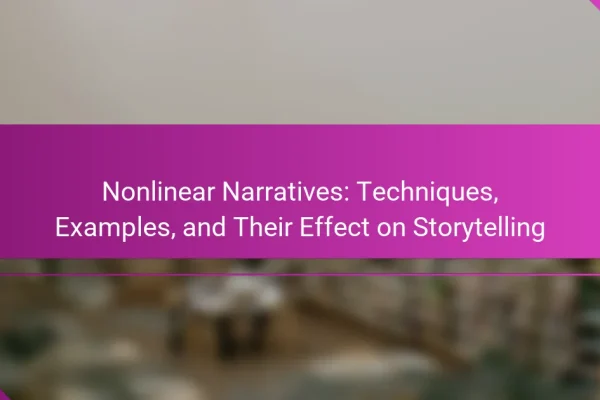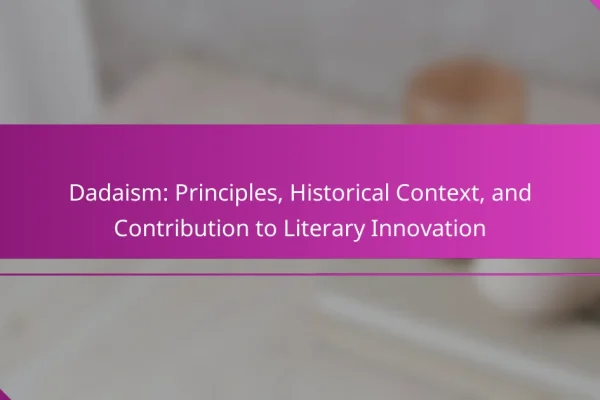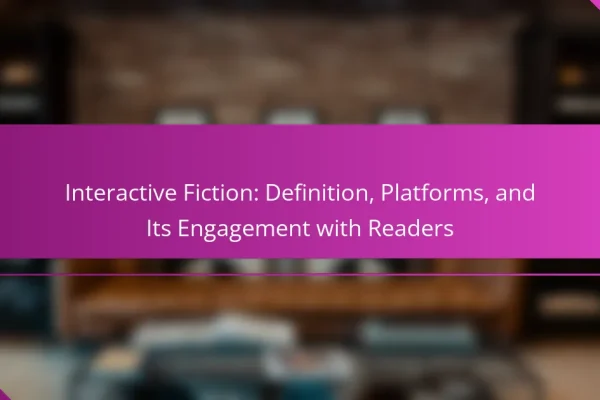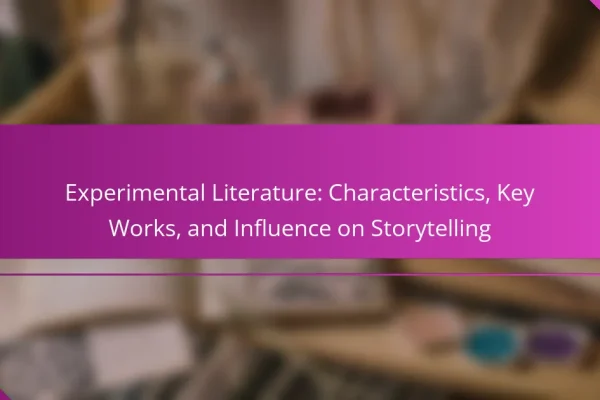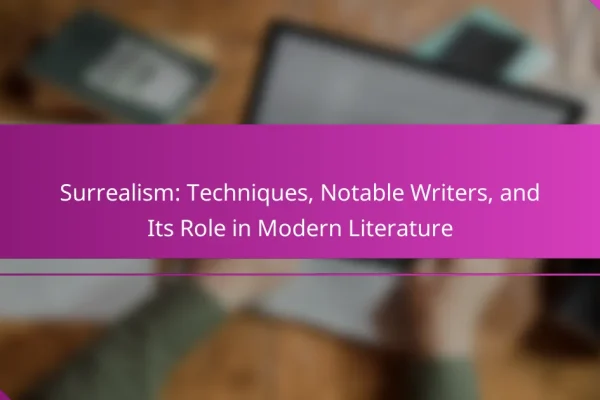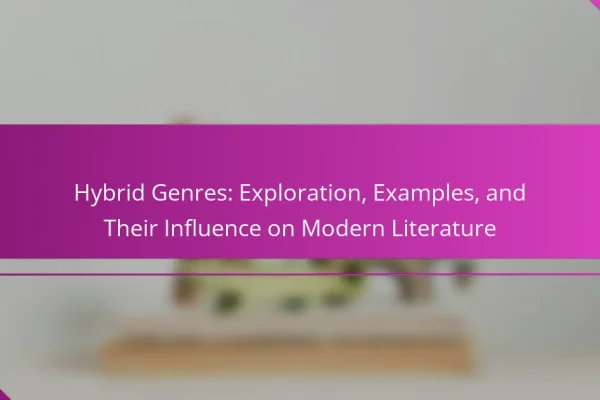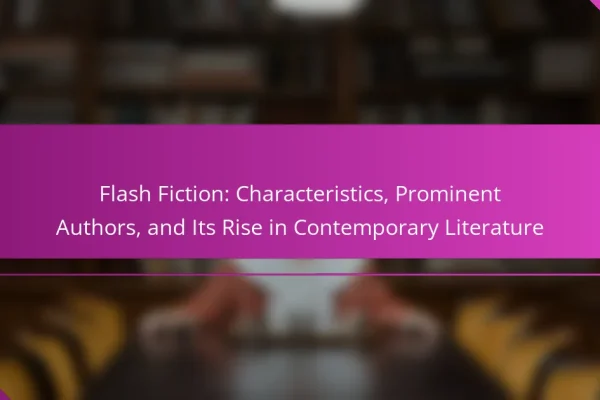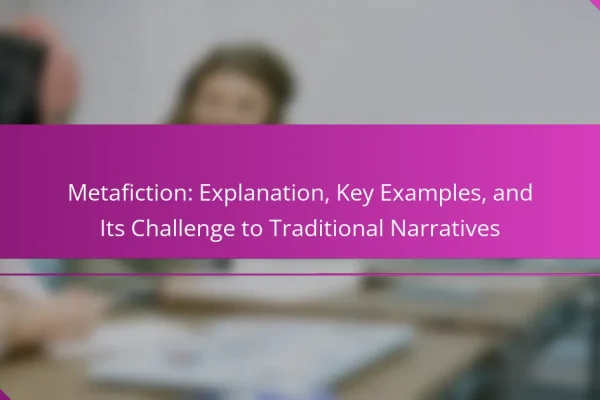
Metafiction: Explanation, Key Examples, and Its Challenge to Traditional Narratives
Metafiction challenges traditional narrative structures by questioning storytelling conventions and blurring the lines between fiction and reality. This article explores key examples of metafiction, examines its psychological effects on readers, and discusses the challenges writers face when employing this genre. Additionally, it highlights how metafiction intersects with postmodernism, inviting a deeper engagement with the act…

